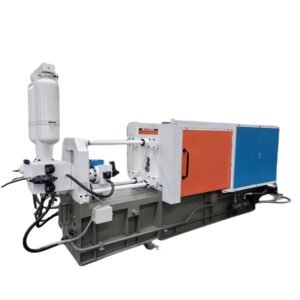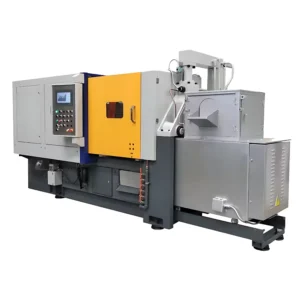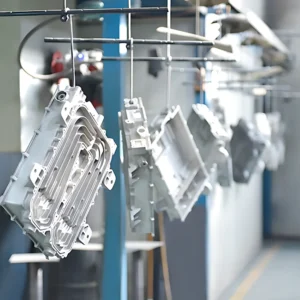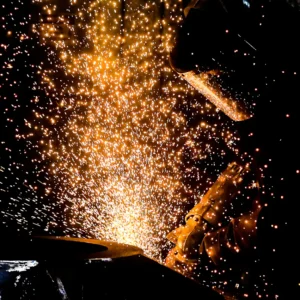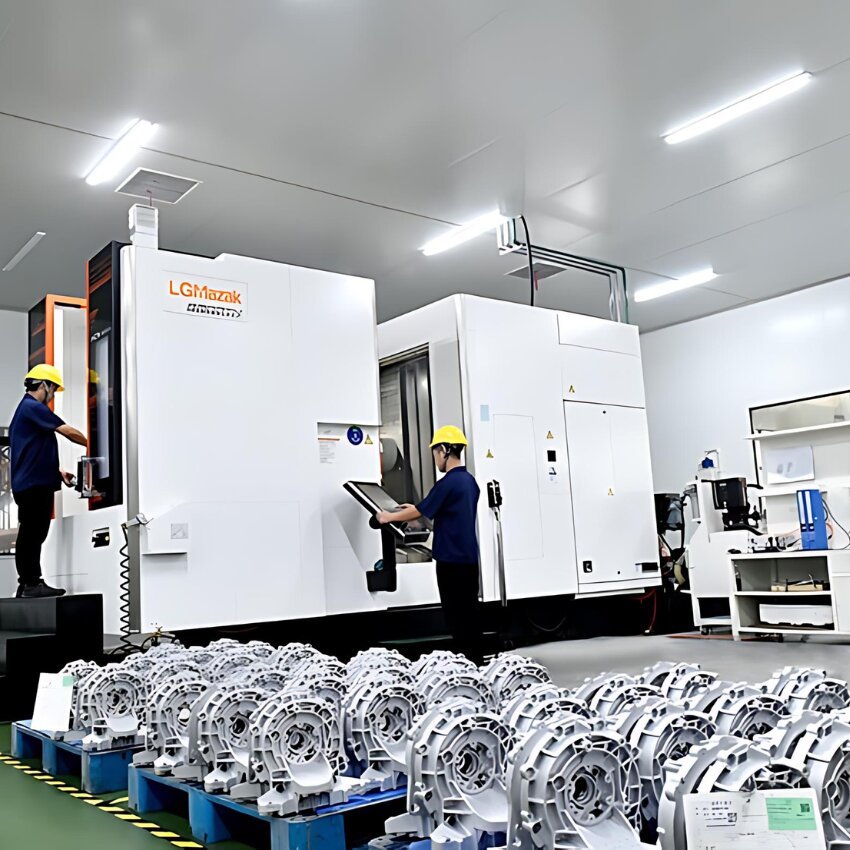CNC (Computer Numerical Control) machining can quickly transform design concepts into automobile models, which are then rigorously tested. Ultimately, it allows manufacturers to ensure that automobile development runs smoothly. CNC prototyping speeds up the design process, improves accuracy, and reduces costs.
In this section, we will explore the use of CNC machining technology in automotive development. Let’s find out how it can bring significant cost, speed, and accuracy benefits to automakers.
Traditional Methods for Designing Automotive Prototypes
Automotive development is the step of testing a design and making it a reality. The process involves making physical models of the car and then refining the design. Manufacturers scrutinize these samples to see how the car looks, its structural strength, and its performance.
This step is important to identify and fix design problems before they occur. Manufacturers are most efficient when they address these issues during the prototyping process. This saves resources and avoids costly mistakes in the later stages of production.
Every automobile undergoes extensive testing and modifications from the time it is conceived to the time it hits the road. Before the digital age and the spread of CNC machining services, most automotive prototyping was done using traditional methods.
Oil Clay Modeling
This is one of the oldest methods and has been used in automotive design for a long time. Large clay models provide the designer with a realistic three-dimensional view of the car. Designers and manufacturers can make changes at any time to improve the appearance and design of the car.
Wooden Models
This type of model is used to make full-size car models. These were particularly popular in the early days of automobile production. Although these wooden models are not functional. But they are very useful in checking the appearance, proportions, and design of the car.
Hand-made
Before machines could take over, most parts were made by hand. Craftsmen used raw materials to make individual parts. They then assembled these parts to form a prototype car. Using this method required a high level of competence and a large amount of labor.
Vacuum Injection Molding
Vacuum injection molding involves heating a plastic sheet until it is ready for molding. The plastic sheet is then molded around the mold using vacuum forces. As the plastic cools, it retains its shape, making the product lighter.
Metal Forming and Welding
Skilled workers fabricate body panels and chassis components by bending, forming, and joining sheets of metal. This is necessary to create workable prototypes. Welding is a critical part of assembling these parts.
Physical Inspection and Validation
Each prototype sample undergoes a series of physical tests. Engineers use a variety of methods to ensure that their design is correct. Examples include accident tests, wind tunnel studies, and environmental assessments. The results of these tests can be used to make changes to the design to ensure that the finished product is both safe and easy to use.
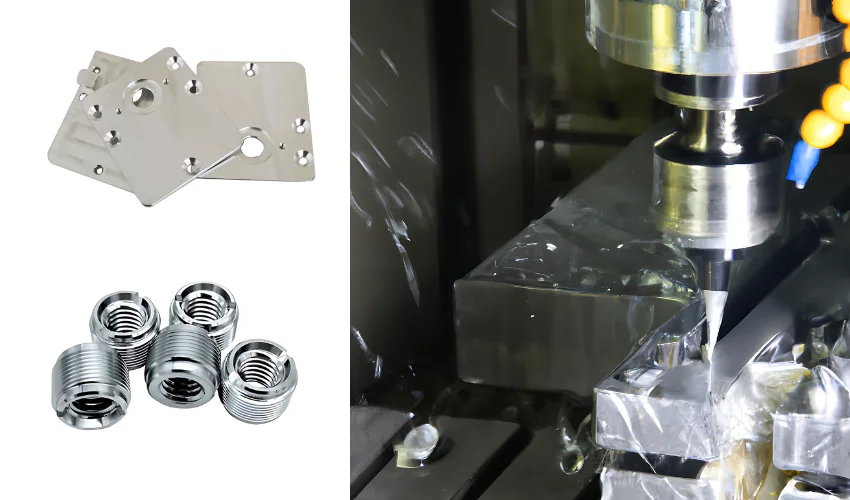
Why Use CNC Machining Technology in the Automotive Business?
The automotive industry is highly competitive and manufacturers are always under pressure to develop and produce new types of vehicles. There are many benefits of CNC prototyping in the automotive industry, such as:
- Reduced Risk. Using CNC prototyping early in the development process allows you to identify design and functional flaws. This greatly reduces the chances of errors during mass production. And those mistakes can cost you dearly.
- Cost Savings. Fixing problems during the testing phase ensures that the production process is cost-effective. This avoids higher costs associated with making changes after full-scale production.
- Better Design Quality. Repeatedly testing and improving prototypes ensures that the final product looks good and works well.
- Better Communication. Physical prototypes of design ideas help team members and partners understand and agree on what the idea is.
Essentially, CNC prototyping is like a safety net for automotive companies. It ensures that the transition from design to production is as smooth and quick as possible.
CNC Machining and its Significance in Business
CNC machining technology integrates computer-aided design (CAD) with precise manufacturing processes. This technology has transformed the manufacturing of automotive prototypes. This computer-aided technology simplifies the manufacturing process. CNC machines can create extremely complex and precise parts with unparalleled accuracy.
The use of computer-aided design (CAD) software and CNC machines has changed the way automobiles are built. This method allows engineers to quickly and accurately translate digital thinking into physical products.
It replaces manual machine control with computer programming, allowing for the production of complex and precise parts. This strategy ensures that the designs of automotive prototypes are all faithfully rendered in the real world. In other words, CNC machining provides the highest level of precision and consistency.
Advantages of CNC Machining in Automotive Prototyping
The significance of CNC machining in engineering design becomes apparent when we discuss the advantages of CNC machining and its application in the automotive field. CNC machining has ushered in a new era of distinction through precision and speed in design.
Speed
CNC machining has accelerated the development process. Various designs that used to take weeks to complete can now be finalized in a few days.
Accuracy
CNC machining produces the most accurate manufacturing results. Automotive parts can be manufactured to precise specifications with micron-level tolerances. This reduces the likelihood of errors and ensures that the part is an exact match to the finished product.
Cost-effectiveness
It is often assumed that more advanced technology requires higher costs. However, CNC machining is a much more cost-effective method of producing automotive prototypes.
While CNC machining may have a higher initial setup cost than traditional methods. However, in the long run, CNC machining is more cost-effective. CNC machining is more accurate and efficient. Therefore there is less waste and the development process is faster.
Flexible Material Selection
CNC machining can be used on a wide range of materials, including metals, plastics, and alloys. This allows designers to study different material qualities and try out new ideas. As a result, cars are designed to weigh less, consume less gasoline, and be more environmentally friendly.
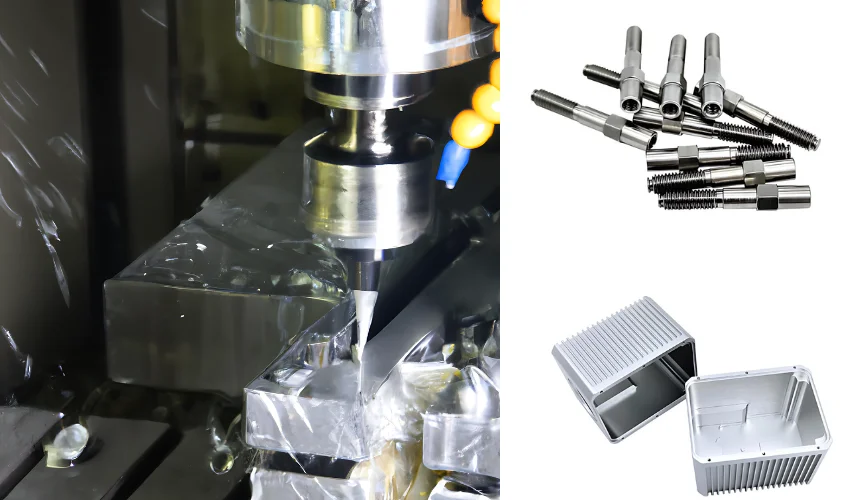
CNC Machine Tools in The Automotive Industry
CNC machines have revolutionized the manufacturing industry, especially the automotive industry. The automotive industry needs to mass-produce parts to meet the market demand. Let’s take a look at the different applications of CNC machines in the automotive industry.
- Engines: CNC machines accurately manufacture key engine components, including cylinders, valves, and shafts.
- Starters/Motors: CNC machines produce drive train components, such as gears and clutch assemblies, in starters and motors.
- Drive frames and transmissions: CNC machines machine the frames and chassis of automobiles to ensure their robustness and durability.
- Lighting: CNC machine tools produce the reflective components and housings of automotive lighting systems.
Possible Problems and Solutions
Computer numerical control (CNC) machining has made significant progress in producing automobile prototypes. Of course, it has some problems. Let’s take a look at some of these potential problems, as well as innovative ways to keep CNC machining a successful business.
High Initial Setup Costs
One of the main challenges of CNC machining is the high cost of purchasing machines, software, and training. For manufacturers, especially smaller ones with limited capital. The high purchase price can be daunting.
Solution: Manufacturers can rent equipment or partner with a CNC machining service provider. CNC machining can save you money and time in the long run, and China Casting Synergy Group can provide you with attentive CNC machining services.
Technical Knowledge
CNC machining processes require a high level of technical competence. Manufacturers need well-trained employees to install, operate, and maintain these complex machines. Qualified employees are difficult to find and retain.
Solution: Offering on-the-job training programs can help bridge the skills gap, but it doesn’t ensure that employees will stay. Again, choosing to work with a quality CNC machining company can eliminate these worries.
Summary
CNC machining processes are a major driver in the rapidly changing world of automotive prototyping CNC prototyping is a major driver in the industry. This is because CNC machining is fast, accurate, and cost-effective. It has pushed the automotive industry into new areas of innovative development.
However, drawbacks such as upfront costs and lack of technical know-how remain. But you can seek the cooperation of a CNC machining service provider. china Casting Synergy Group has many years of experience in CNC machining and we have customers all over the world. If you have any ideas, please understand to contact us.

